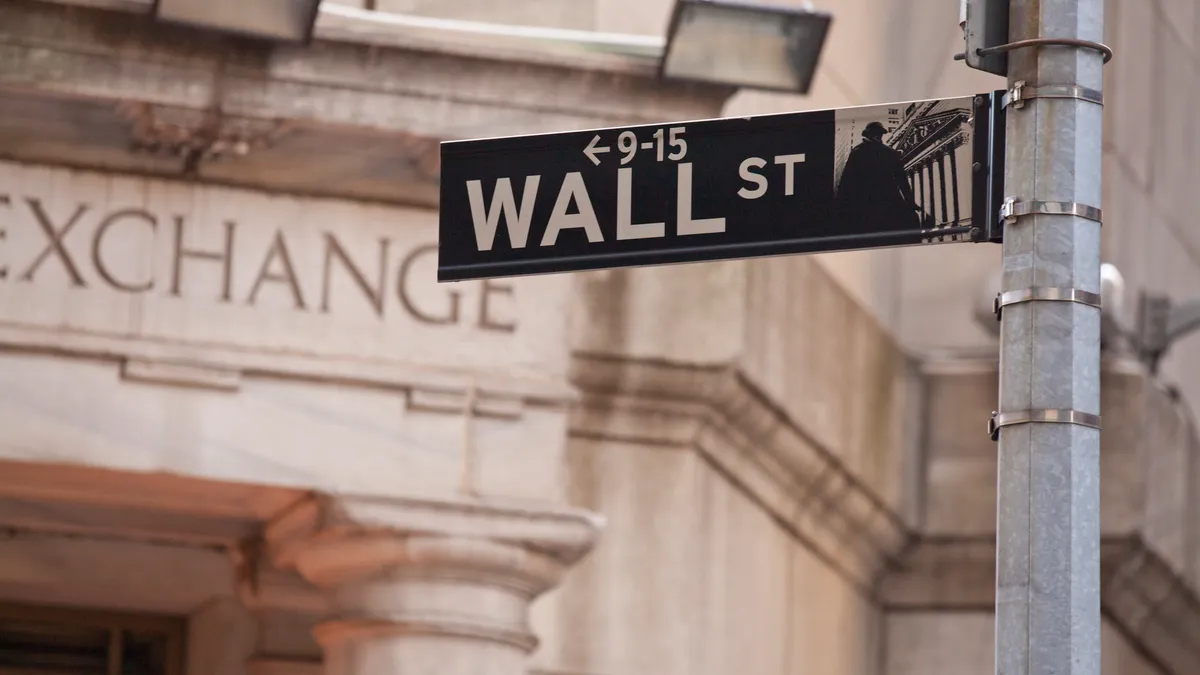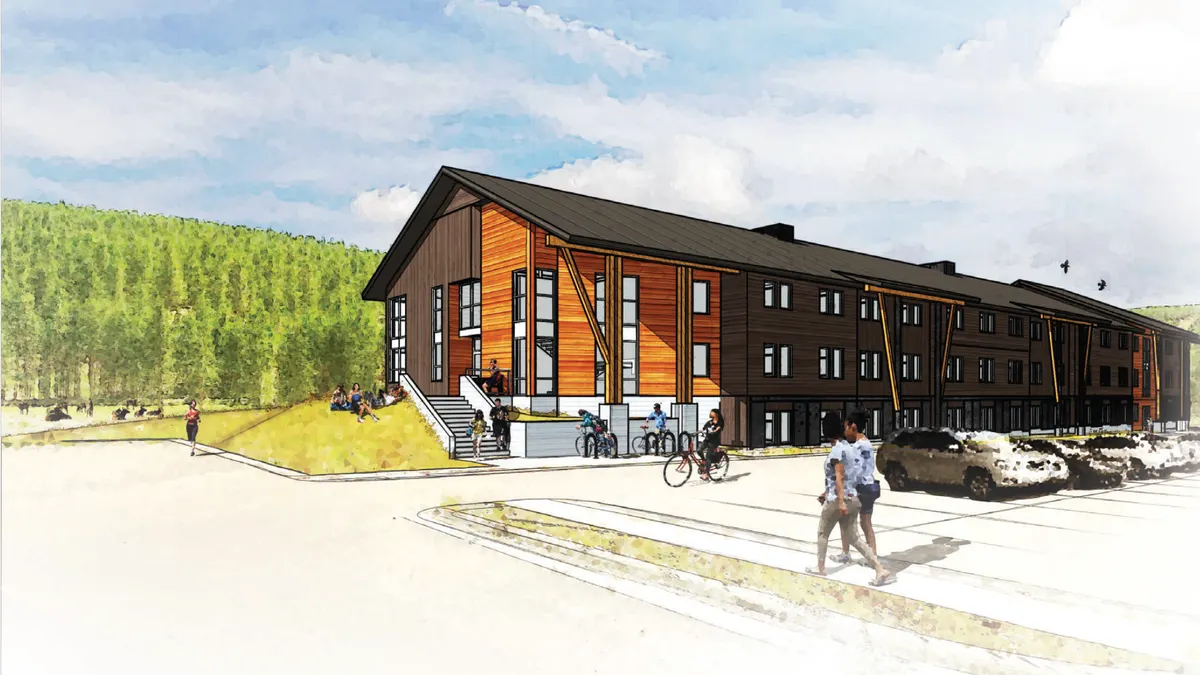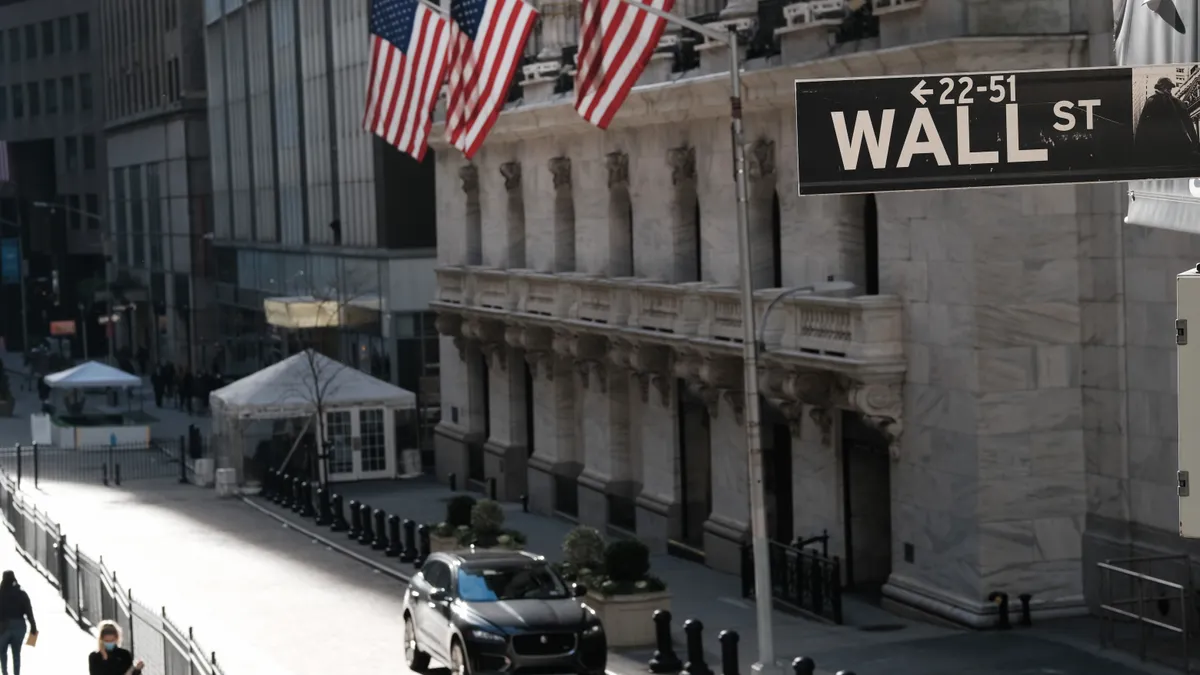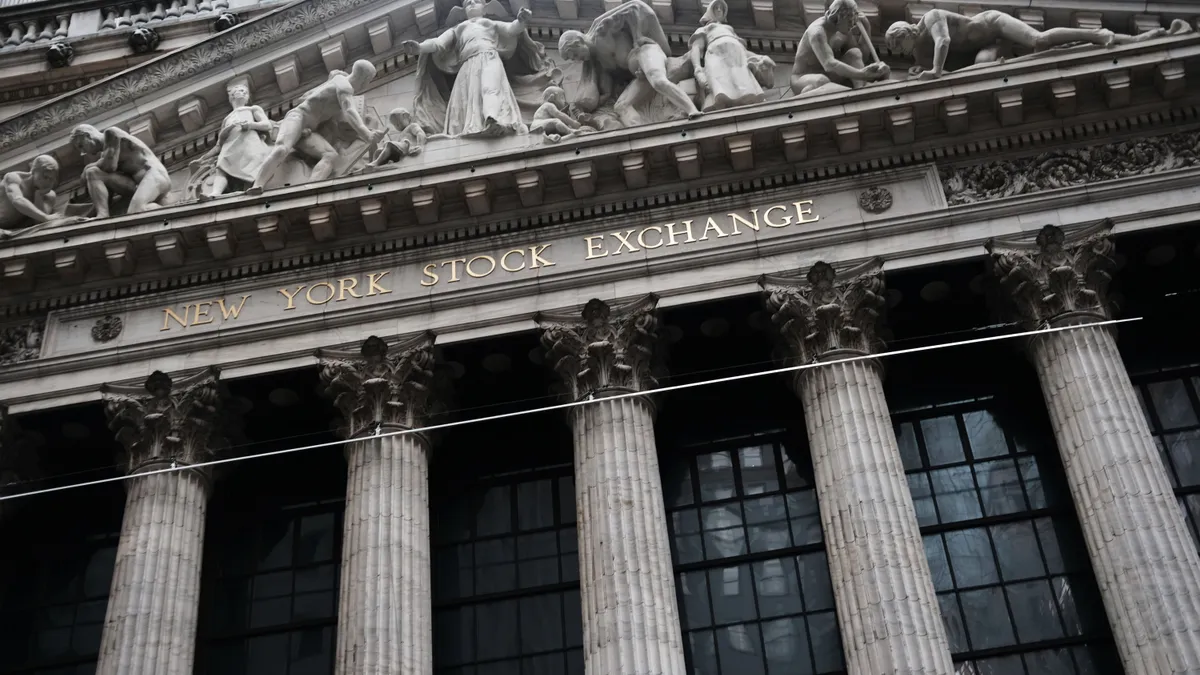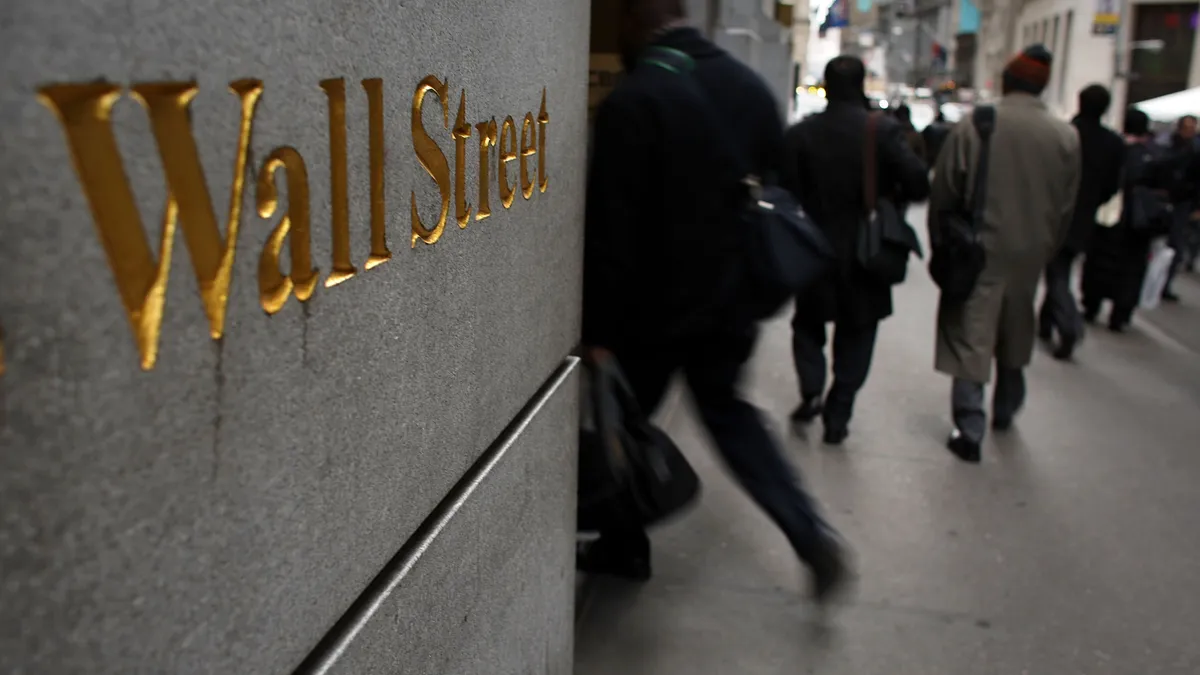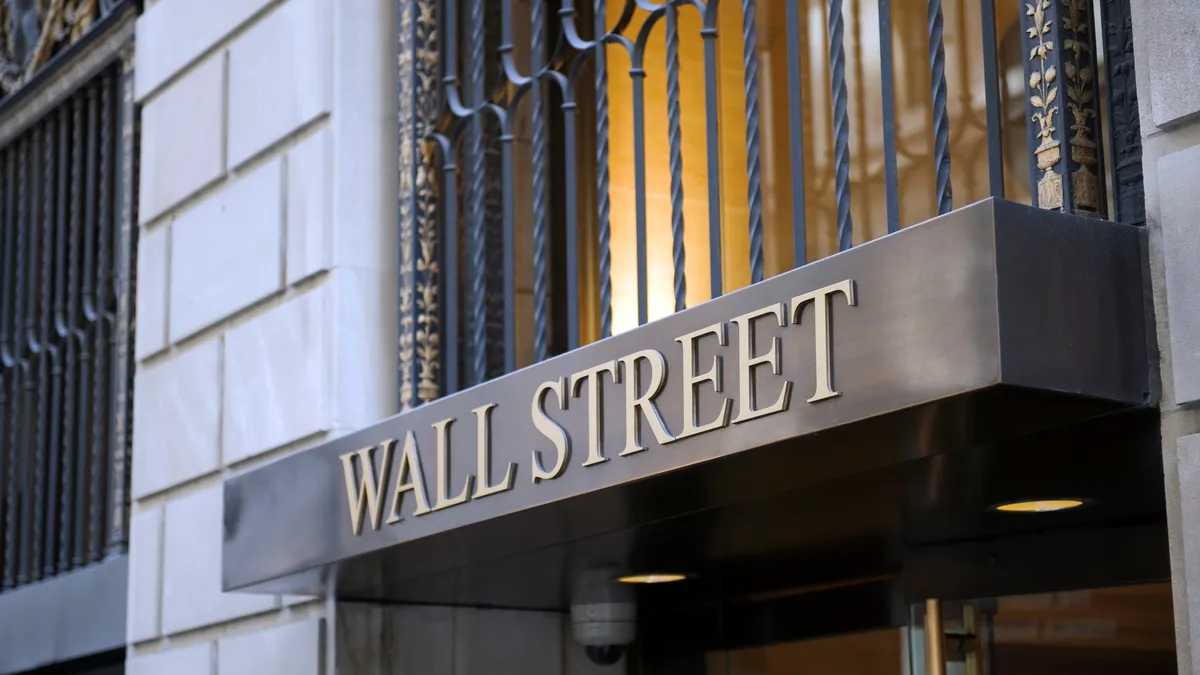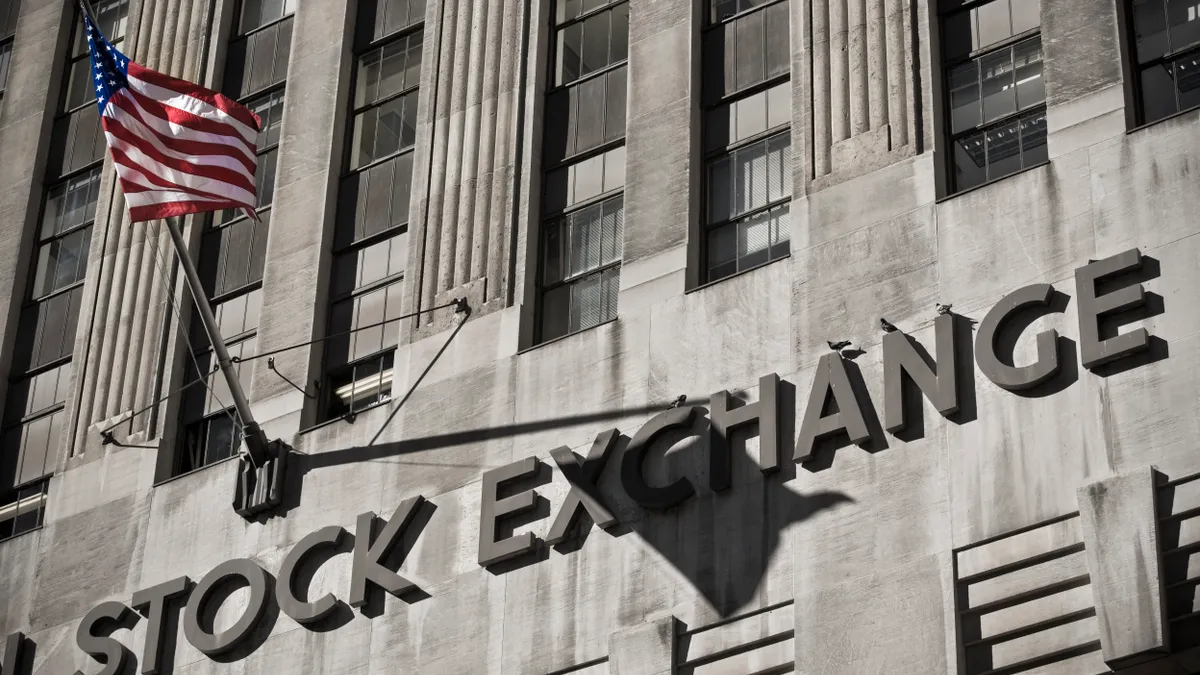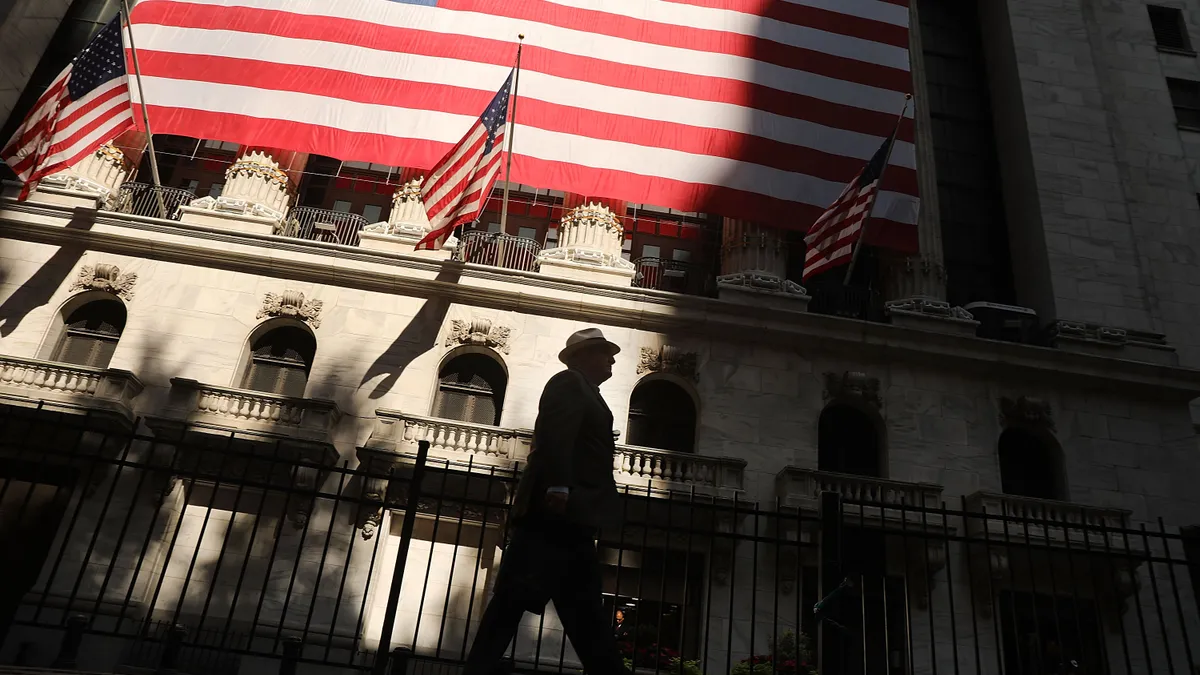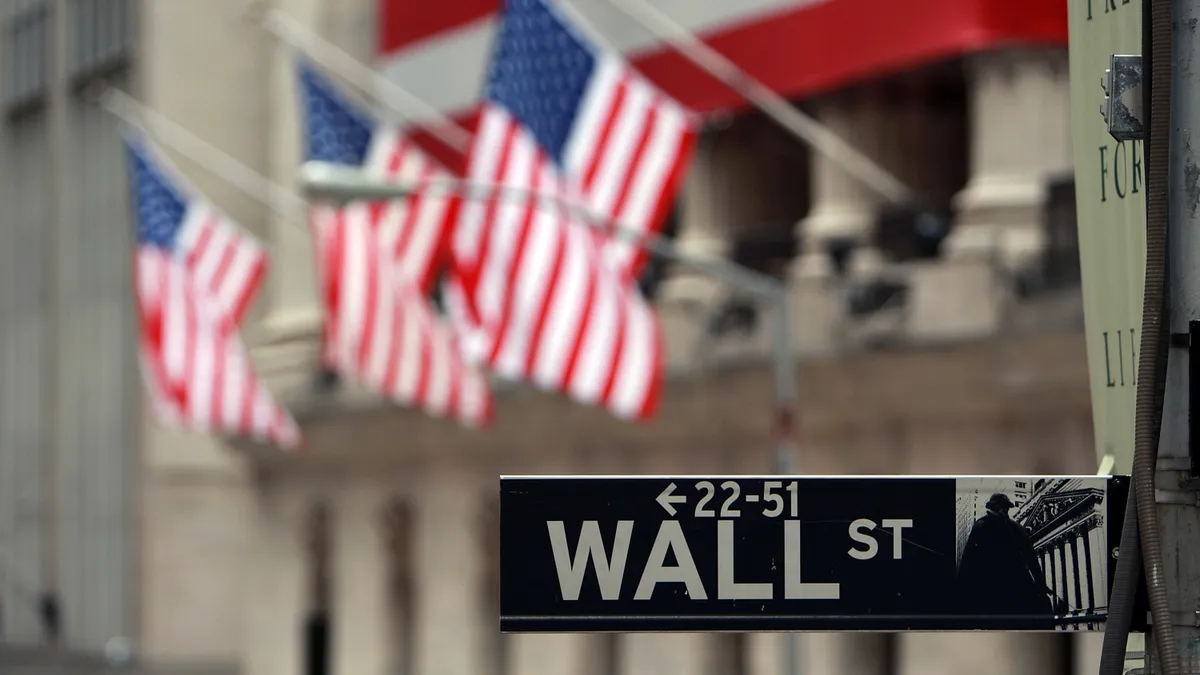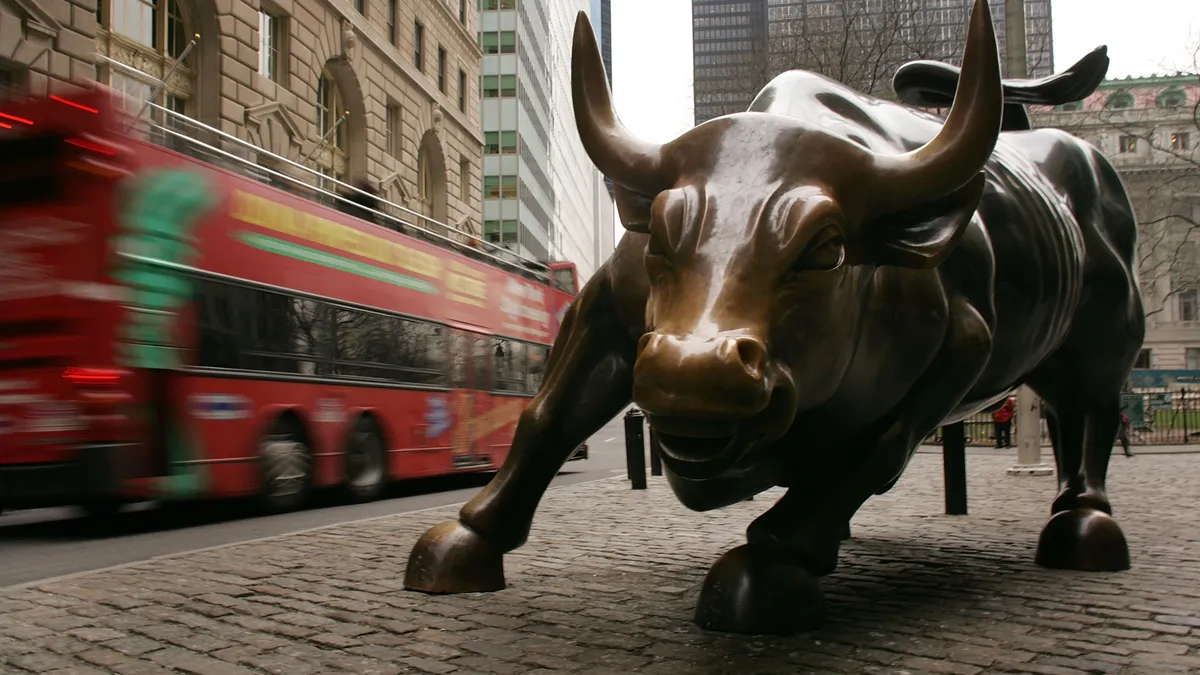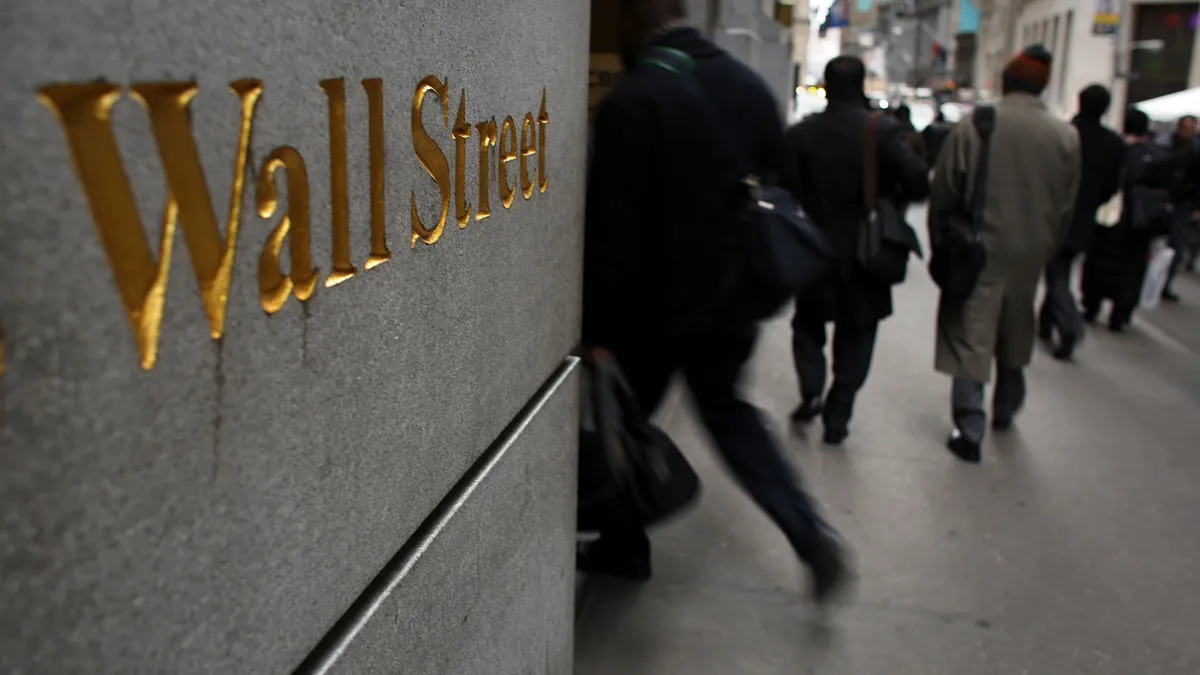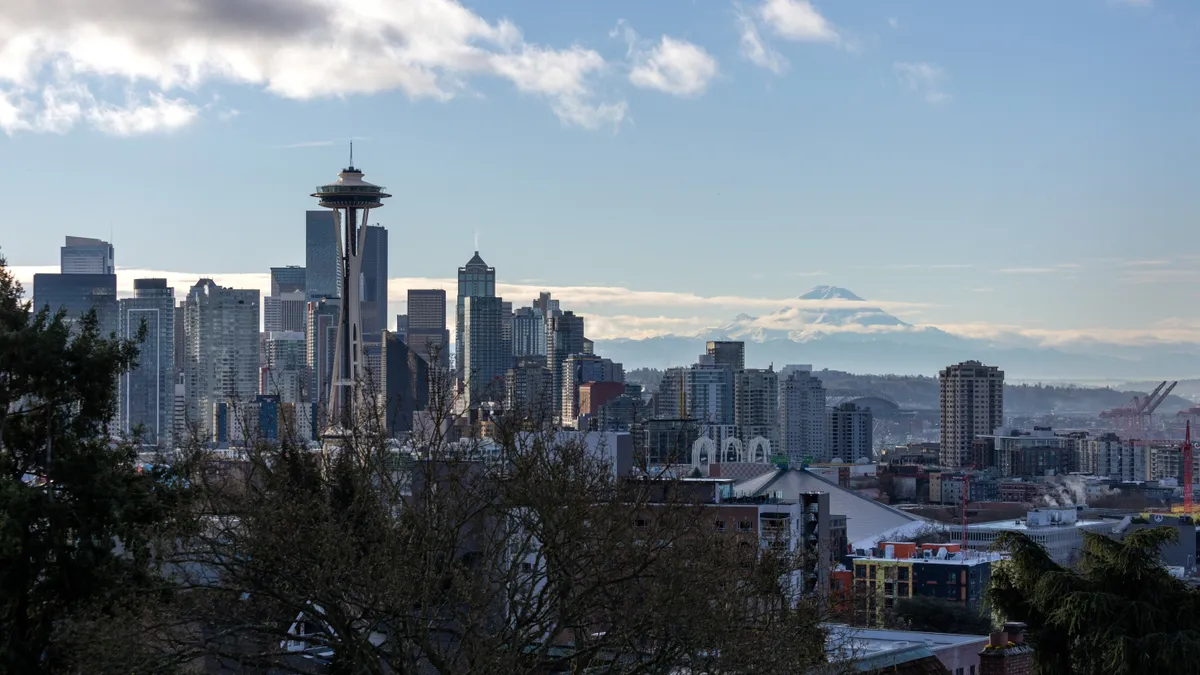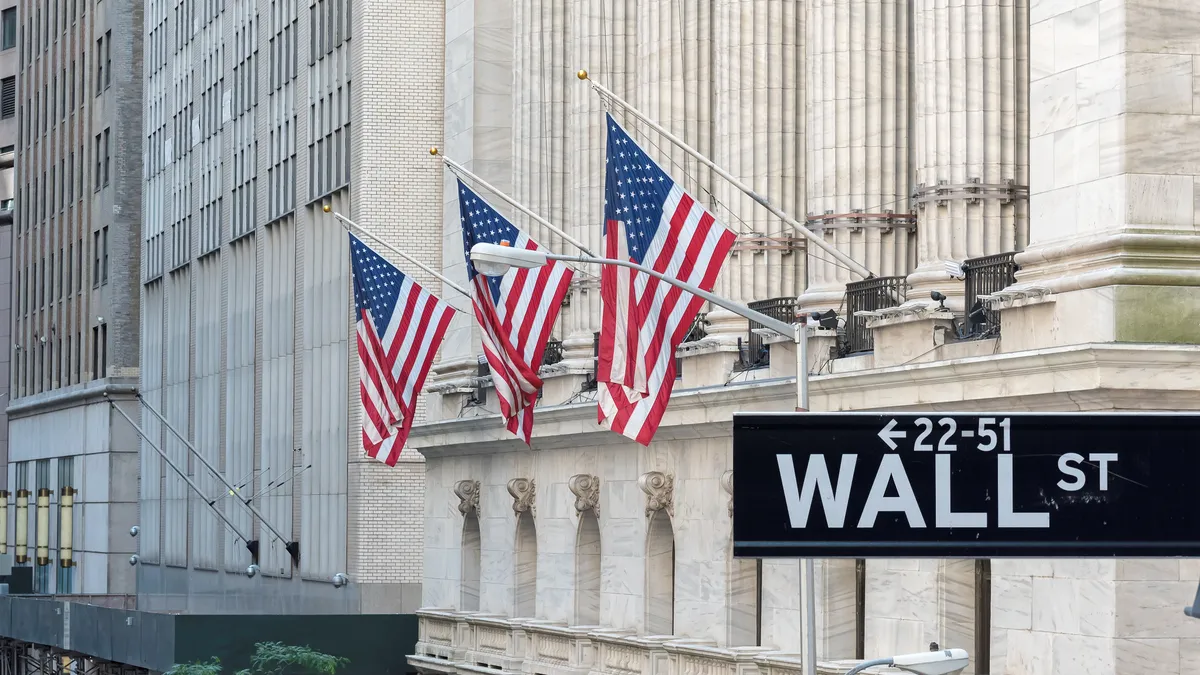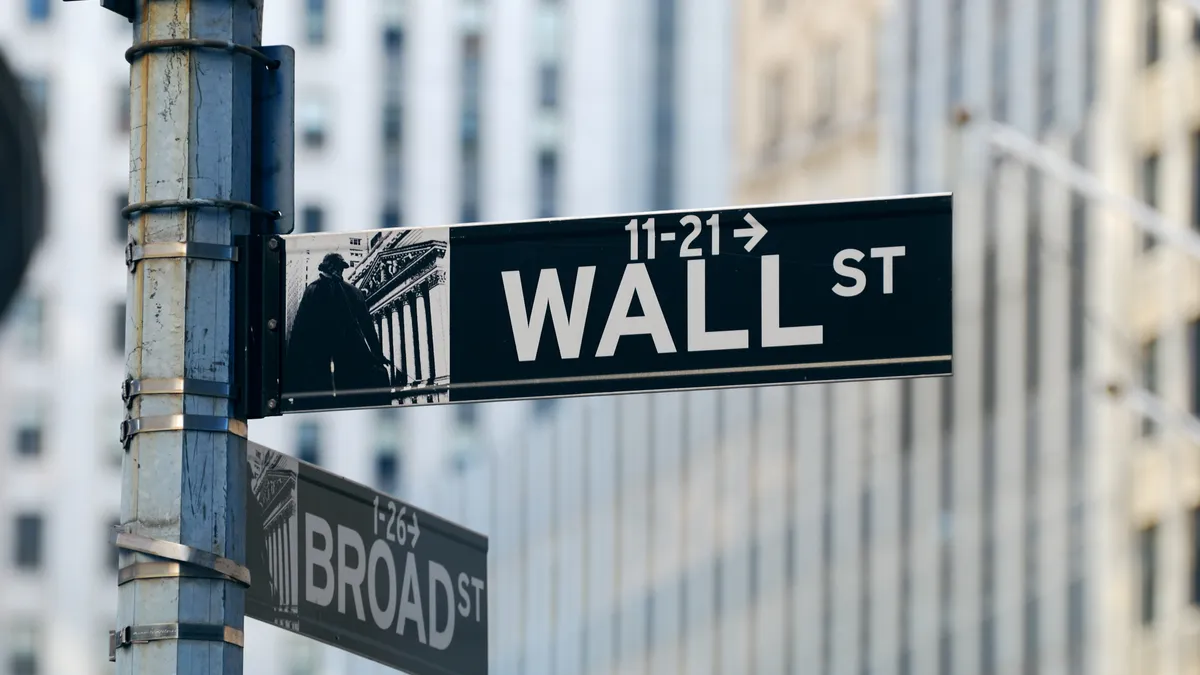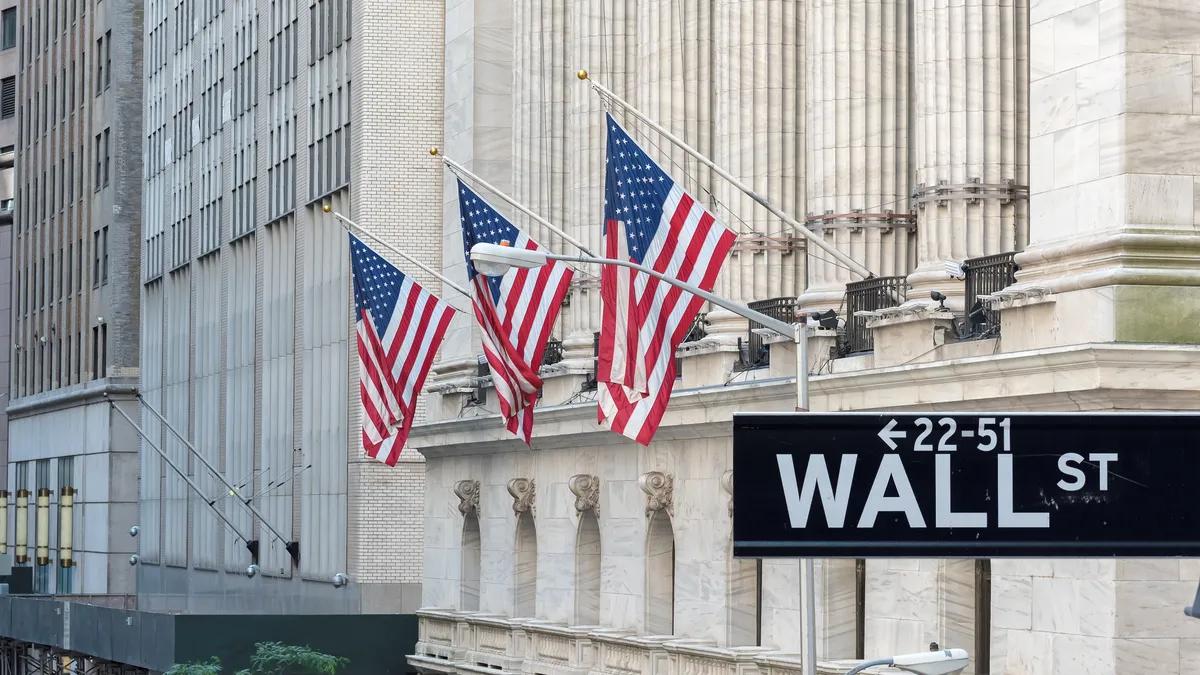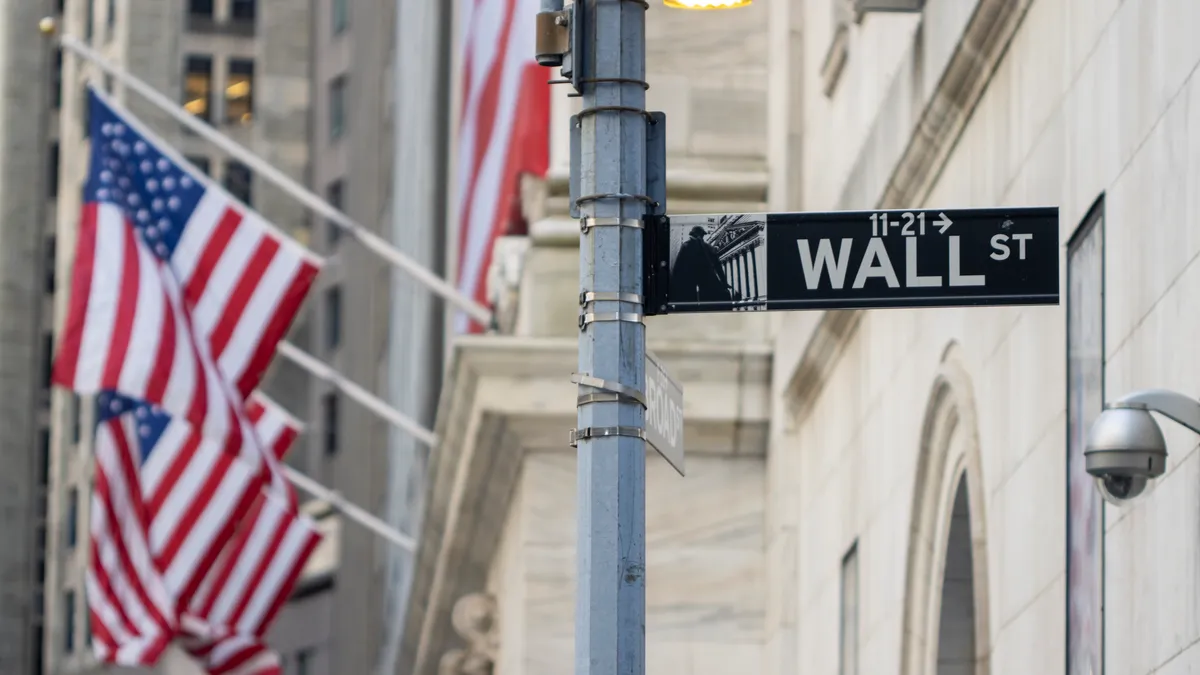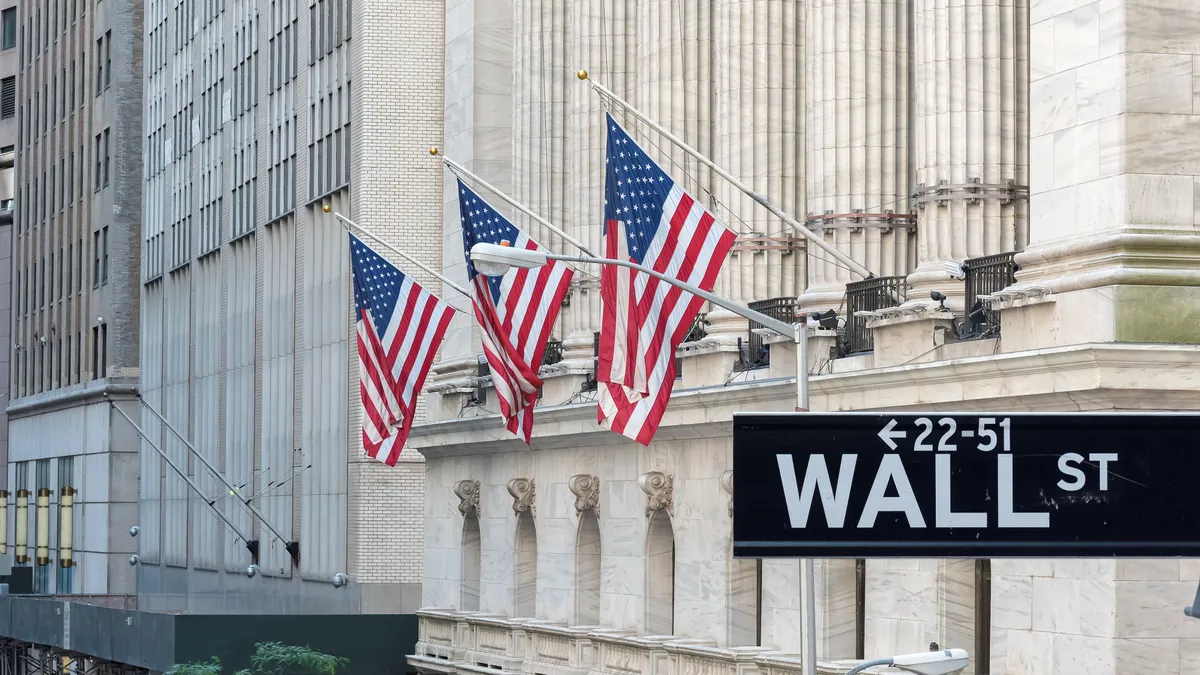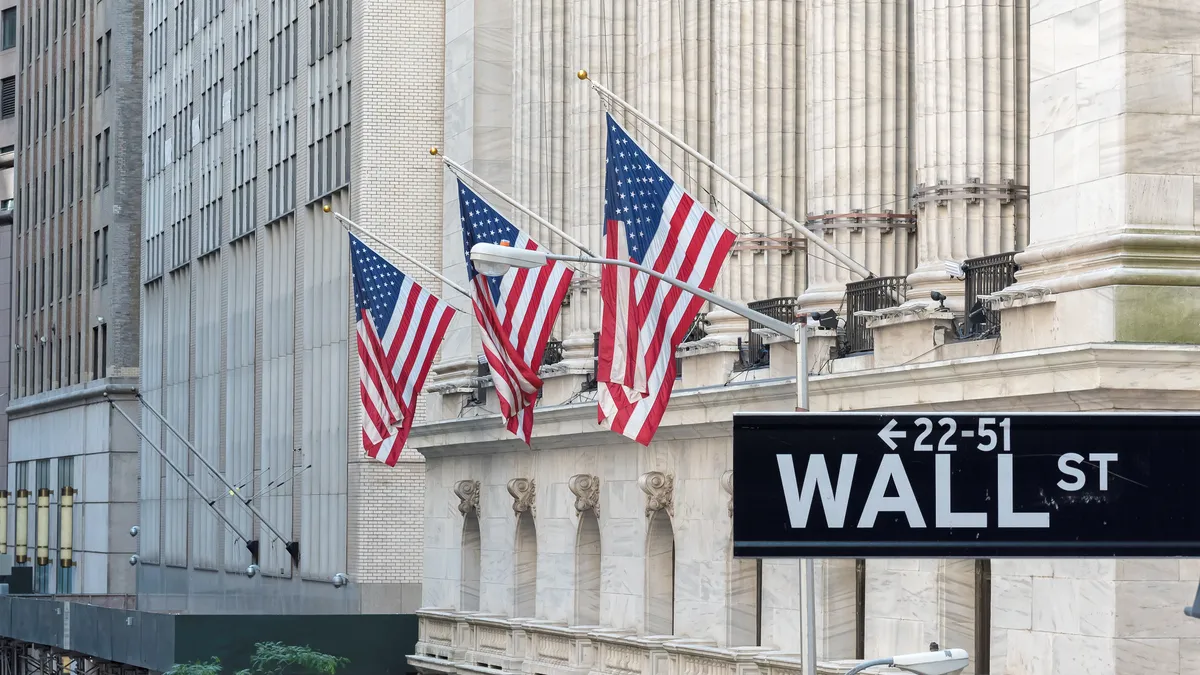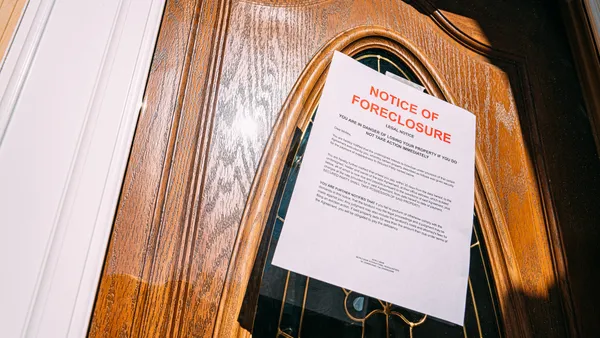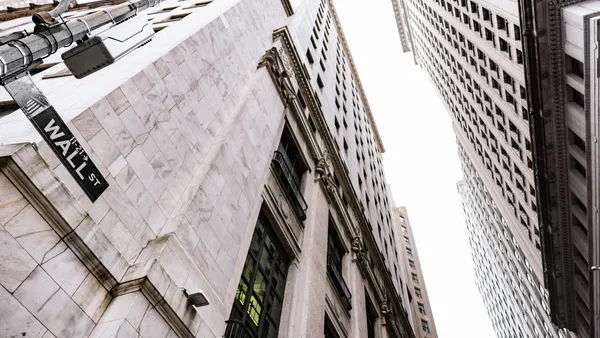As developers looked to stabilize their new properties in November and December, concessions were rampant in many high-supply markets.
For owners like MAA that are facing that new competition, new lease pricing suffered. The Memphis-based REIT took steps to limit the issues by intentionally repricing only about 16% of its leases in the fourth quarter and only about 9% in November and December.
Although MAA’s new lease rates fell 7%, its renewals rose 4.8%, limiting the damage. Overall, its blended lease-over-lease pricing fell 1.6%, but revenue still increased 2.1% due to 95.5% occupancy and low delinquency.
As the calendar turned to 2024, there were positives for MAA, though new lease pricing was still down 6.2% year over year. “Encouragingly, we did see some of this pressure moderate in January with blended pricing improving 130 basis points from the fourth quarter performance led by improvement in new lease pricing,” CEO Eric Bolton said on MAA’s Q4 earnings call earlier this month.
In late 2024, Bolton said new lease pricing performance will improve as new deliveries moderate in the REIT’s Sun Belt markets. “Stable employment conditions, continued positive migration trends, a higher propensity of new households to rent apartments and continued low resident turnover are all combining to support steady demand for apartment housing,” Bolton said.
Here are three other takeaways from MAA’s earnings release and call with analysts:
Mid-tier metros hold up
Though MAA has a Sun Belt-centric portfolio, the REIT is diversified through its ownership of a variety of asset types in a broad number of markets at varying price points. The company’s smaller markets — like Savannah, Georgia; Richmond, Virginia; and Charleston and Greenville in South Carolina — led its portfolio in lease-over-lease pricing performance in Q4, as they saw less supply than larger metros.
“We're seeing some of these mid-term markets holding up in a much more steady fashion than some of the others,” Bolton said.
Some larger metros, including Washington, D.C., Houston and Dallas/Fort Worth, also performed fairly well, according to Tim Argo, MAA’s chief strategy and analysis officer. On the other end of the spectrum were Austin, Texas, and Jacksonville, Florida, which suffered from rising supply.
Austin is getting hit the hardest right now. “It’s just getting a ton of supply,” Argo said on the earnings call. “It's very widespread throughout the market, whereas some other markets are a little more targeted.”
But Austin also has stronger job growth than Jacksonville and many of MAA’s other markets, which should help absorption of its new deliveries. “A market like Austin, we think, has huge potential long term for us and steps back pretty strong, probably late this year and more likely into early 2025,” Bolton said.
New construction opportunities
Like other apartment owners in the Sun Belt, MAA is facing pressure from new competition throughout its portfolio. However, MAA’s President and Chief Investment Officer Brad Hill said that the REIT’s stabilized new developments and its projects currently leasing are producing higher NOIs and earnings than forecasted in its original pro-formas.
“New lease rates are facing more pressure at the moment, but these properties have captured asking rents on average approximately 20% above our original expectations,” said Hill on the earnings call.
BY THE NUMBERS
| Category | Q4 | YOY Change |
| Property revenues | $508.4 million | 2.1% |
| Net operating income | $329.8 million | 0.1% |
| Operating expenses | $178.5 million | 5.9% |
| Funds from operations | $2.53 | 19.3% |
| Rent per unit | $1,685 | 2.2% |
| Occupancy rate | 95.5% | 2.1% |
SOURCE: MAA
The REIT is focused on continuing to add apartments through new development and may start four new projects this year in Charlotte, Phoenix, Denver and Atlanta. MAA currently owns 13 sites, representing nearly 3,700 units.
“We have optionality on when we start these projects, allowing us to remain patient and disciplined,” Hill said. “Any project we start this year, we'll deliver first units in 2026, aligning with the likely stronger leasing environment supported by significantly lower supply.”
MAA is also evaluating land sites as it continues to build its development pipeline. “In this constrained liquidity environment, it's possible we could add additional development opportunities to our future pipeline,” Hill said.
Acquisitions continue
Despite a slow sales market, MAA was able to close on two acquisitions in the fourth quarter. The properties — MAA Central Avenue in the Midtown area of Phoenix and MAA Optimist Park in the Optimist Park area of Charlotte, North Carolina — are expected to deliver initial stabilized NOI yields of 5.5% and 5.9%, respectively, according to Hill.
The REIT was able to acquire both properties at prices 15% below current replacement costs. “Our relationships with the sellers and our ability to move quickly and execute on the transactions utilizing the available capacity on our line of credit without a financing contingency were key components of MAA being chosen as the buyer for these properties,” Hill said.
MAA Central Avenue, a 323-unit mid-rise property, and MAA Optimist Park, a 352-unit mid-rise property, were both in lease-up and their sellers were focused on certainty of execution with the need to transact prior to a definitive deadline, according to Hill. “Both properties fit the profile of the type of properties we expect to continue to emerge throughout 2024,” he said.
MAA is projecting between $350 million to $400 million of new acquisitions this year. “We're assuming that those start in the second quarter and then play out over the remainder of the year,” MAA’s Chief Accounting Officer Clay Holder said. “And we think it will be maybe in the range of four acquisitions at roughly $100 million each.”
Click here to sign up to receive multifamily and apartment news like this article in your inbox every weekday.



